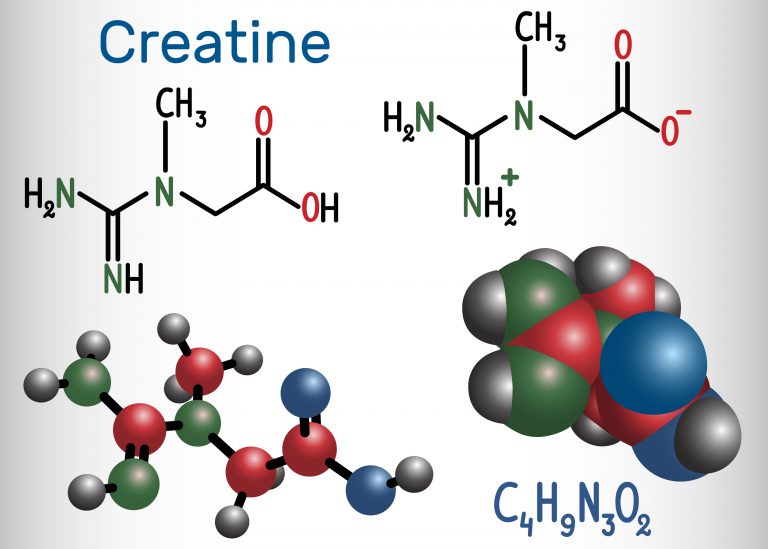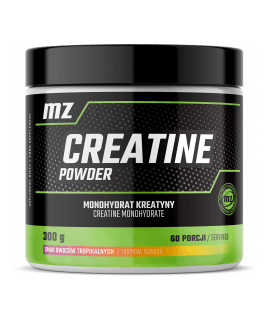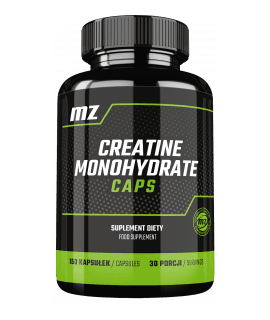Creatine, in addition to protein and BCAA, is present in supplementation of almost all athletes, both professional and amateur. Companies are trying to outrun eachother in offering us ever new products containing this substance. And creatine has many names and can be found in different forms. This article will focus on the most popular forms of creatine - malate and monohydrate. We will deal with your doubts; we will bust some myths and tell you what and when to take!
Creatine monohydrate – what is it actually?
It’s conglomerate of water molecule and creatine - scientifically defined creatine monohydrate (or creatine monohydrate). It’s undisputed that this is one of the most popular and recognized forms of this supplement. It’s a well-tested and chemically stable compound that has been successfully used for many years in sports supplement. It’s able to bind and retain water in the body. It therefore should not be used by people with renal failure or other diseases of the urinary tract.
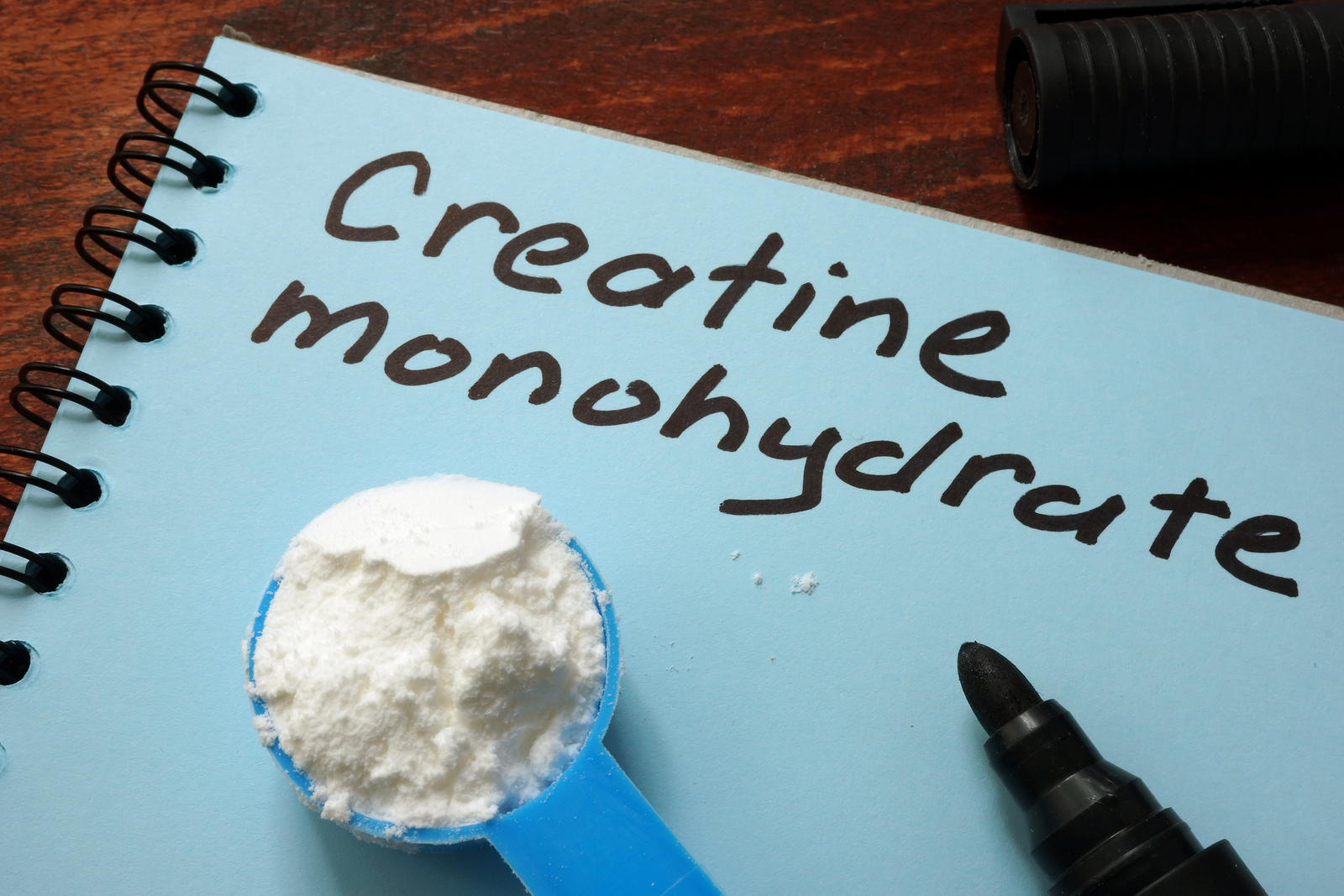
What effects can be expected from monohydrate creatine?
The popularity of monohydrate did not come out of nowhere. This supplement fully deserves the recognition it has among physically active people. The way it affects our body is embodied in a multi-stage and complex process that we will try to get a bit closer look at.
Creatine can reach muscle cells from two sources:
- From the liver (synthesized naturally in the body),
- Or with a supplement.
Synthesis of creatine in the body is a long-term process, while nutrients containing this ingredient allow us to deliver it to the body almost immediately. Creatine, once it’s found in muscle fibre cells, enters the mitochondria and is involved in the formation of ATP. This compound is one of the main energy transmitters and it’s involved in the synthesis of proteins, among other things.
Creatine binds to adenosine triphosphate in mitochondria and converts to phosphocreatine. In this form leaves the mitochondria and transports to the original ATP destination where the disconnection occurs. So, as you can see, an ATP transfer in the body is just phosphocreatine.
ATP can also act on membrane receptors such as anabolic hormones. Many scientific studies have also confirmed adrenalines participation throughout the process, as it promotes the initiation of protein synthesis. The next step in this complicated sequence is the protein binding to GTP (guanidinotriphosphate), a compound that’s a result of delivery of ATP by creatine. The protein derived from this binding activates enzymes - cyclases. These, in turn, are activated by nitrogen oxide and revert to ATP and GTP resulting in cyclic nucleotides -cAMP or cGMP.
Cyclic nucleotides activate another group of enzymes - kinases. Kinases are responsible for transcription, which aim is to initiate protein synthesis. The effect on transcription factors is their phosphorylation, that is, the attachment of the phosphate residue that comes from the ATP-delivered creatine. The most important of the kinases is mTOR. It’s responsible for controlling the cellular energy resources and amino acid status. When this level approaches a dangerously low level, mTOR stimulates the body to act.
This is not the end of this complicated process, but it’s not what this article is about. As you can see, creatine plays a very important role in the synthesis of protein in the body and in the energy processes. In addition, it has anti-catabolic effects, helps maintain normal pH in cells, and eliminates the acidic reaction in the muscles that arises after intensive exercise.
Summarizing
- Creatine supports the process of building structural proteins, which simply translates into increased muscle mass and strength,
- Acceptance of creatine affects the body's ability to produce energy as it increases the pool of phosphocreatine, which is involved in energy metabolism as a transporter of phosphorous groups,
- It also supports the penetration of water through the cell membranes and supports post-
- Helps to maintain normal pH.
When and how much creatine? It’s all about dosing
First of all, it’s worth basing ourselves on what we find on the label of the package, because the products may vary significantly from one another to the composition and proportions of substances contained. However, we can accept several rules as to the use of creatine and distinguish three types of intake:
- Cyclic, 8 to 15 weeks: 5 to 10 g per day broken into 1-3 servings. Each serving of 2 to 5 g;
- Cyclic with saturation phase (4 to 8 weeks):
- Saturation phase: 20 to 30 g per day, broken up into 4 to 6 doses. Each serving 4 to 6 g. Maintenance phase: 2 to 10 g divided by dose;
- Constant: from 0.03 to 0.05 g per kilogram of lean body mass.
Summary
As we have mentioned, creatine is a supplement with a long and rich history of application, especially its monohydrate. Over many years, research has repeatedly confirmed its beneficial effect on the multiplicity of aspects of the functioning of the human body.
In 2012, the University of Life Sciences in Lublin conducted a very interesting study on the effect of creatine on body composition and athletic performance. Their results were as follows:
- Body weight: control group ↑ 0.77 kg / test group ↑ 1.97 kg,
- Fat content: control ↓ 1.04% / test ↓ by 2.92%,
- Chest circumference: control ↑ about 0.87 cm / test ↑ about 5.5 cm,
- Average number of repetitions in the barge extrusion: control ↑ by 46.14% / research ↑ by 56.92%.
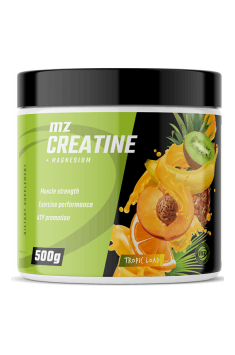
The best creatine on the market - creatine monohydrate from MZ Store! We are narcissistic, aren't we? Just try and you will surely say the same.
It should be noted that both the control group and the research group were subjected to the same training during observation.
Best creatine monohydrate. Which creatine monohydrate to choose? Where to buy creatine monohydrate? Creatine monohydrate ranking.
We have a hundreds products containing creatine monohydrate on the market - that's true. But in our redaction, we have decided to make one last try to prepare a formulation containing the best creatine monohydrate. And we have it! We present you the Creatine from MZ-Store brand! Yes, that's our creatine!
It's specially prepared creatine, containing addition of Magnesium with the highest bioavailability. We have extracted that form of magnesium from Aquamin.
Additionaly, it has perfect taste - we have tropic and orange variations of taste, so everyone will find something tasteful here! For purists, we have surely creatine without any additives!
It's must have creatine monohydrate in your training bag! Go grab your can, when you still.. can!
Creatine malate - what is it?
Creatine malate is simply a combination of creatine and malic acid. Their ratio is 1: 3. As opposed to monohydrate, malate is characterized by greater structural stability and greater resistance to gastric acid (and other digestive enzymes).
Creatine malate often appears as:
- tri-creatine malate
- TCM
- di-creatine malate.

What effects can be expected from creatine malate?
Creatine, whatever the form, acts similar. As a result, we can expect to see effects similar to what we get with monohydrate. Where is the difference? Malate is guaranteeing drier, eye-pleasing gains. However, their mass will not be as effective as monohydrate. This is due to its reduced ability to retain water in intercellular scanning.
Many males are treated as an improved version of the classic monohydrate. This affects many aspects. It is better soluble in water, easier to assimilate, and the increments it generates seem to be more stable.
When and how much? It’s all about dosing
Malate, similarly to monohydrate, is usually present in the form of capsules or powder. TCM is available as single ingredient or in the form of creatine stacks. The dosage depends on what product we buy. In addition, consider variables such as weight, activity level, and current diet. Similarly to what we wrote about monohydrate, we also distinguish several ways to use TCM:
- Cyclic, lasting from 4 to 12 weeks. 5 to 10 g of the preparation per day divided into 1 to 3 servings. Each serving should contain 2 to 5 g;
- Constant: from 0.03 to 0.05 g of preparation per kilogram of lean body mass.
Keep in mind that creatine is best taken with simple carbohydrates, such as glucose. This greatly improves its assimilation. It may therefore dissolve powder in fruit juice or swallow capsules with carbohydrates to enhance the effect of creatine and minimize damage.
Summary
Despite the fact that malate is in no way inferior to monohydrate, it’s much less popular than its "competitor". Out of 100 physically active men taking in their creatine supplementation, only 15 uses malate, the remaining 85 using monohydrate.
Best creatine malate. Which creatine malate to choose? Where to buy creatine malate? Creatine malate ranking.
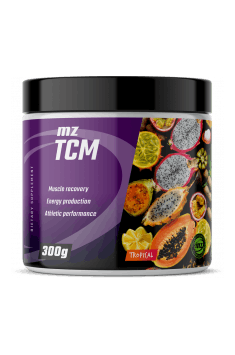
In our redaction, we think that the best creatine malate to choose is TCM from MZ Store (how could we choose anything else, eh?). It specially created form of creatine malate - tricreatine malate, which triples the effectivness of creatine! Why? We have two creatine compounds added to malic acid. Do you want to triple the effectivness of your creatine usage? Choose TCM from MZ Store!
Side effects of creatine monohydrate and creatine malate
Creatine, like any other supplement, can cause some side effects. In contrast, they do not appear often, and practically never, if we use it at optimal doses. It’s worth using creatine cyclically, because if its supply is high for a long time, excessive amounts of formaldehyde may accumulate in our body. Excessive concentration of this compound can lead to irritation of the digestive tract and problems with the kidney or liver.
In conclusion - creatine is a safe supplement, but it should be taken in moderation and in a cyclical way.
Which form is better - creatine malate or creatine monohydrate?
It’s a difficult question for which there is no clear answer. Both products have their pros and cons, strengths and weaknesses. Monohydrate is cheaper, and its effects are more noticeable. But it retains a lot of water in the body. Malate is more expensive, but the muscle mass built on it has better quality.
In our opinion, it’s worth using monohydrate at first to test how we react to creatine.
Read More
5 Reasons why you should use creatine
Magnesium chelate creatine - improving the synthesis of muscle proteins
Creatine malate - increase in muscle mass
Creatine phosphate - a source of energy for muscles
Creatine hydrochloride - increasing muscle strength
Creatine monohydrate for better training effects
Creatine orotate - support of muscle anabolism
Creatine - once again about one of the most popular supplements
